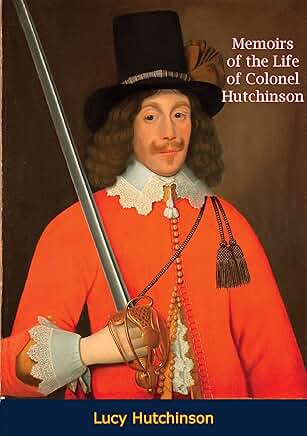In my last post I presented these dates as pivotal ones – to my mind at least- to the medieval period: 1066, 1086, 1100, 1135, 1154, 1204, 1215, 1265, 1314, 1337, 1348, 1381, 1399. How did you do at identifying which events lurk in the dim recesses of my brain?
At different times, a number of you have also asked how I remember different events and dates. I guess that these particular dates act as way markers to other dates, events and significant interludes, throughout the medieval period. They’re bit like a ‘neural motorway’. I don’t need to think about them – they’re just there. And to continue the analogy, other dates are signposted along different, often more convoluted, neural pathways from the ones I automatically know.
1066 – the Norman Conquest – I don’t think that there’s anyone in the UK who wouldn’t get this date, especially after years of the Horrible Histories entertaining children and adults alike.
1086 – The Domesday Book – William I’s great book of tax and land evaluations linking back to the reign of Edward the Confessor as well as providing a snapshot of post-Conquest England (but not Cumbria because it was Scottish at that point).
1100 – Henry I ascends the throne. I think this one sticks in my head because of William Rufus’s unfortunate demise in the New Forest, Henry I’s pro-English outlook and also because his coronation charter – called the Charter of Liberties- which is a forerunner to Magna Carta. Interestingly I wouldn’t necessarily identify regnal dates as key ones, although I do know them. Also it heralds a period relative stability and we begin to see more chronicles detailing events from now onwards.
1139 – The Anarchy begins with the invasion of the Empress Matilda following the death of Henry I in 1135 and lasts for 19 years – this date is one that fans of Cadfael will remember. It’s not a particularly popular period of history these days.
1154 – Henry II, the son of Empress Matilda, ascends the throne. It’s the period of the Angevin Empire, Thomas Becket, falling out with the Pope, invading Ireland, Richard the Lion heart, the Crusades and of course King John.
1204- King John lost Normandy (which was careless) to the French. There is a new emphasis on England – bringing changes to administration, law and order and society- even if kings spend most of the rest of the medieval period trying to retrieve their former continental possessions.
1215 – turns out John gets two dates! This one is for Magna Carta.
1265 This date corresponds to the Second Barons’ War and Simon de Montfort’s Parliament – democracy is evolving. King Henry III’s reign is a lengthy one from 1216 to his death in 1272.
1314 Battle of Bannockburn – Edward II loses rather badly to the Scots. Interestingly Edward I’s reign which would include the start of the Scottish Wars of Independence in 1296 isn’t something that pops into my head in the first instance despite my interest in the history of the borders and border reivers, probably because the date is part of the back story to Tudor turbulence.
1337 King Edward III starts the Hundred Years War – which actually lasts for 116 years and is most definitely a game of two halves for those of you who don’t mind cliches.
1348 The arrival of the Black Death in England – the changes are obvious and dramatic in the first instance but, longer term, the disease contributes to the decline of feudalism and the number of women inheriting property increases as well.
1381 The Peasants’ Revolt – Up until 1381 the peasants don’t get a voice – the people who have acquired more say in the running of the country up until the end of the fourteenth century were the elite but now the peasants protest and will go on being stroppy, occasionally beheading people they don’t much like, across the next 500 years or so.
1399 Richard II is deposed by his cousin Henry of Bolingbroke, who ascends the throne as Henry IV, unleashing the delights of the Houses of York and Lancaster during the fifteenth century.
I should add that for each name on this list or key event I have a mental map of places, people and events linked with that person. – So for Richard II, in no particular order other than how my mind produced them, I have the Black Prince, Joan of Kent, John of Gaunt, poll tax, Peasant’s Revolt, the Savoy, Wat Tyler, John Ball, Mile End, Simon of Sudbury, Anne of Bohemia, Isabella of Valois, Lords Appellants, Duke of Gloucester – mattress, Wonderful and Merciless Parliaments, Chester archers, Wilton Diptych, white hart, Ireland, Conwy Castle, Flint Castle, Pontefract Castle, Froissart Chronicles, royal portrait, Geoffrey Chaucer, Sheen Palace, flushing toilet, majesty, handkerchiefs and last but not least pointy shoes. I could go on but I think its probably time to stop while I’m ahead!
For fans of the History Hit podcast, which is one of my favourite history podcasts (all of them are really good), who want to delve into the medieval world:

















